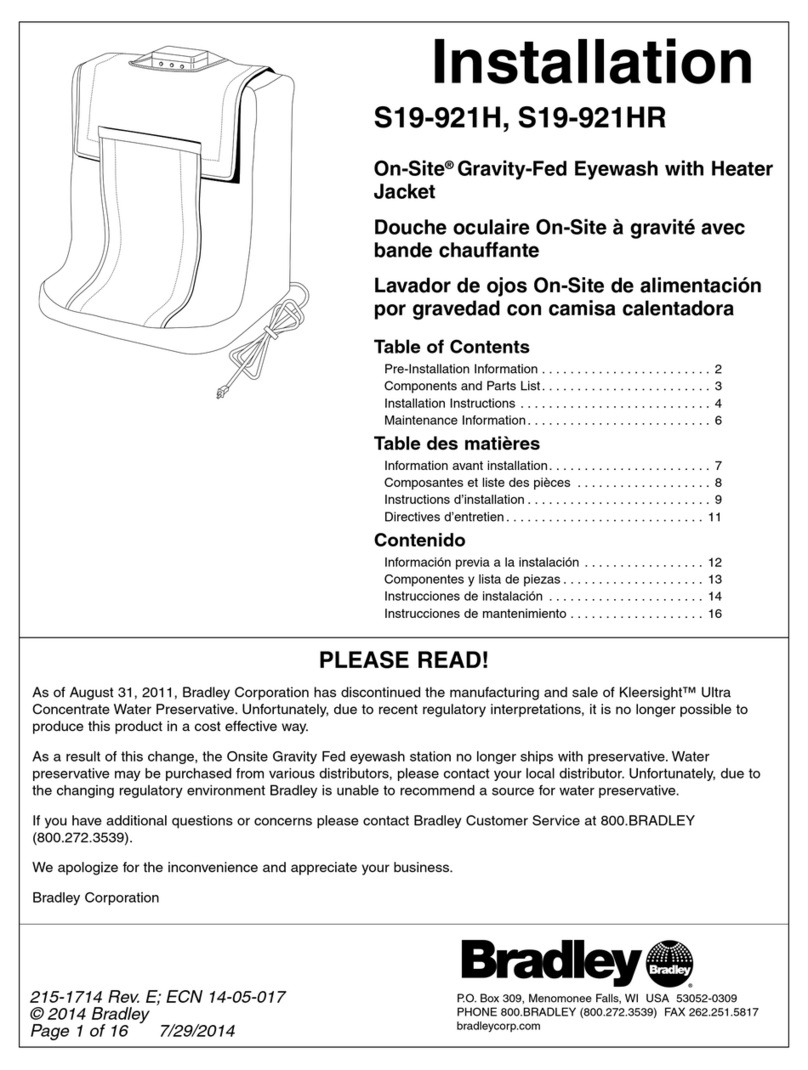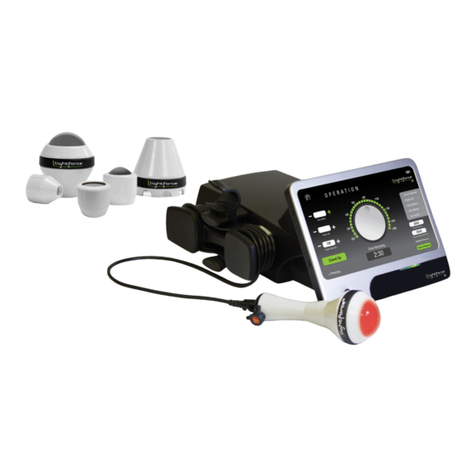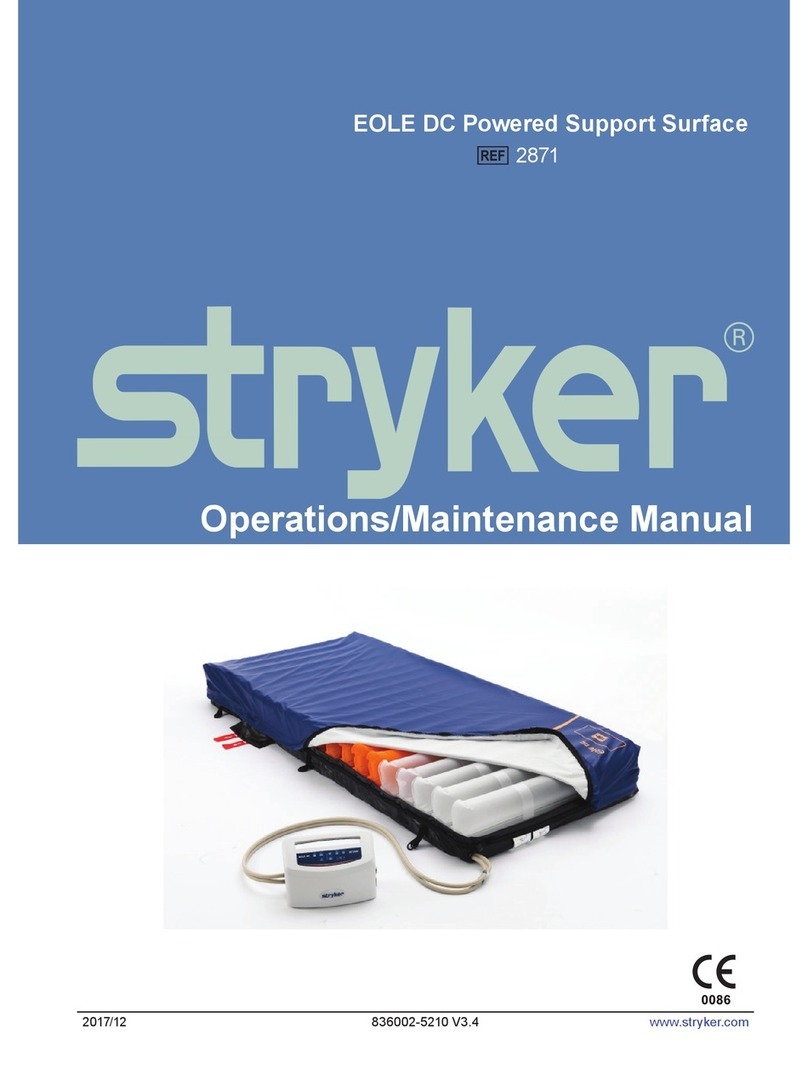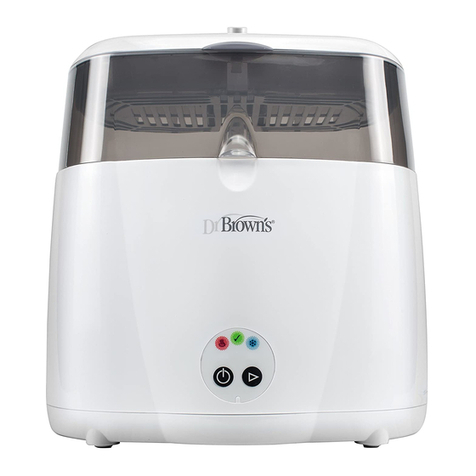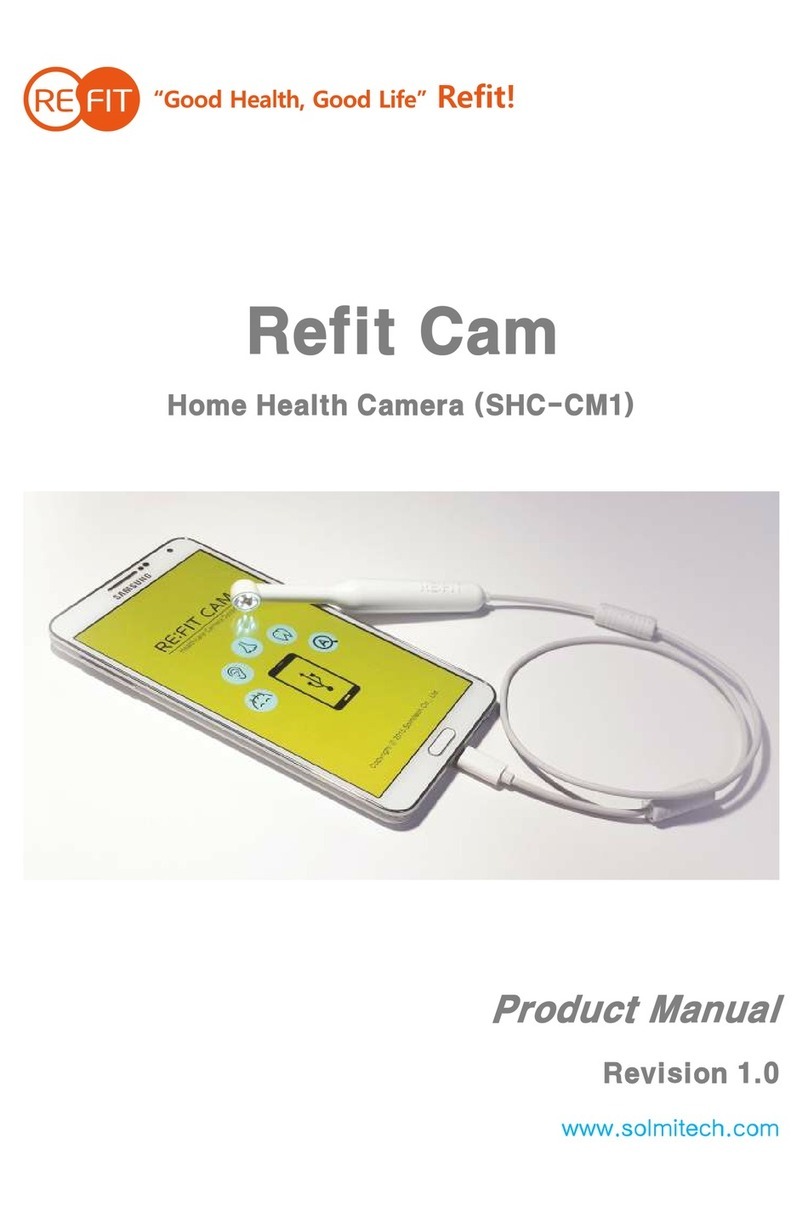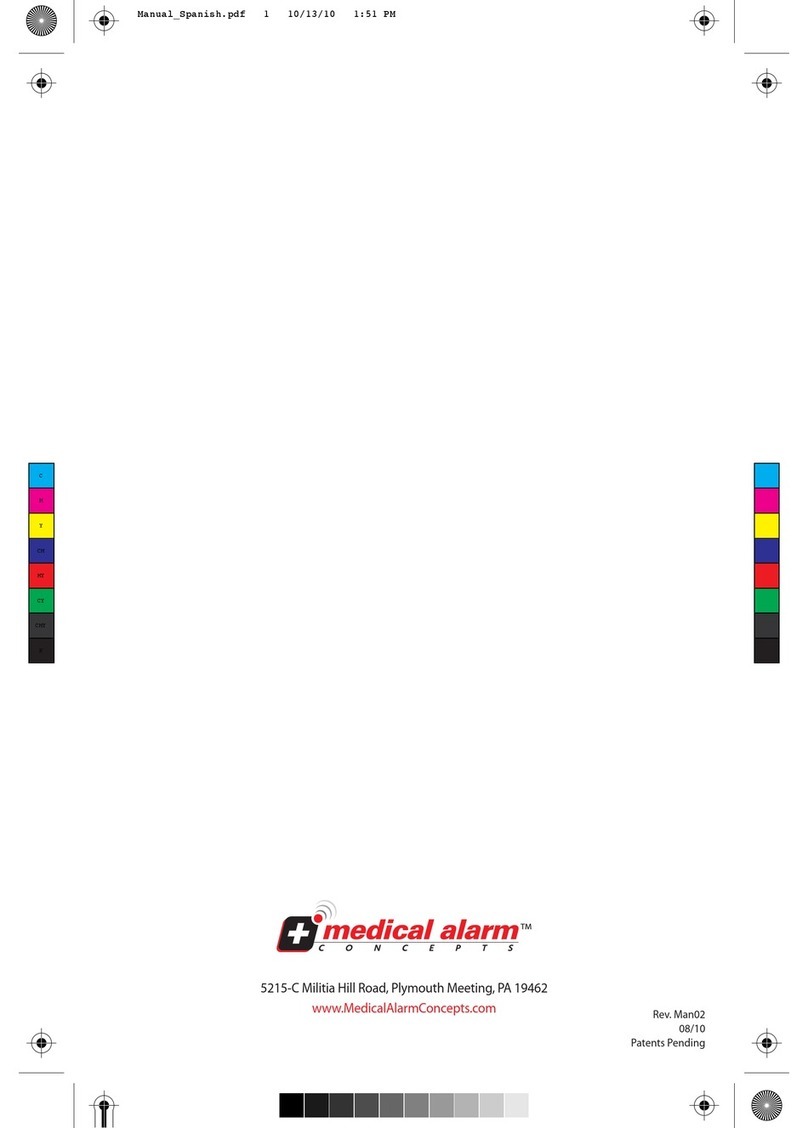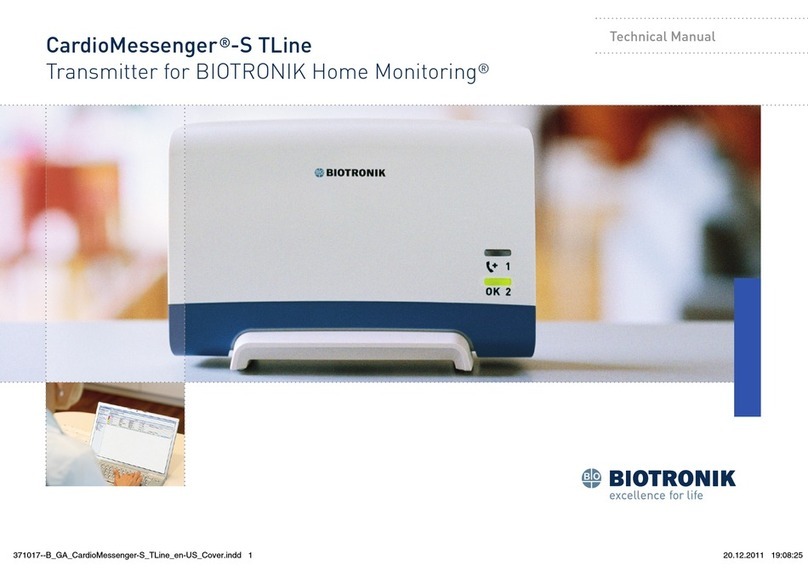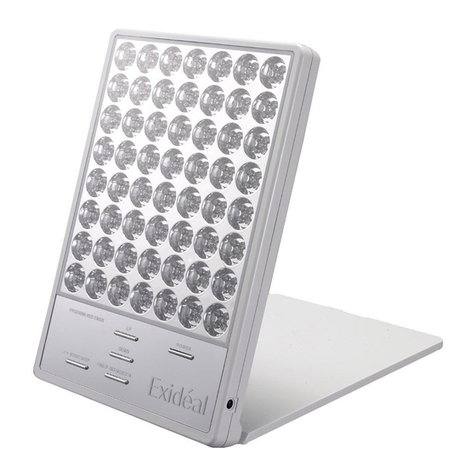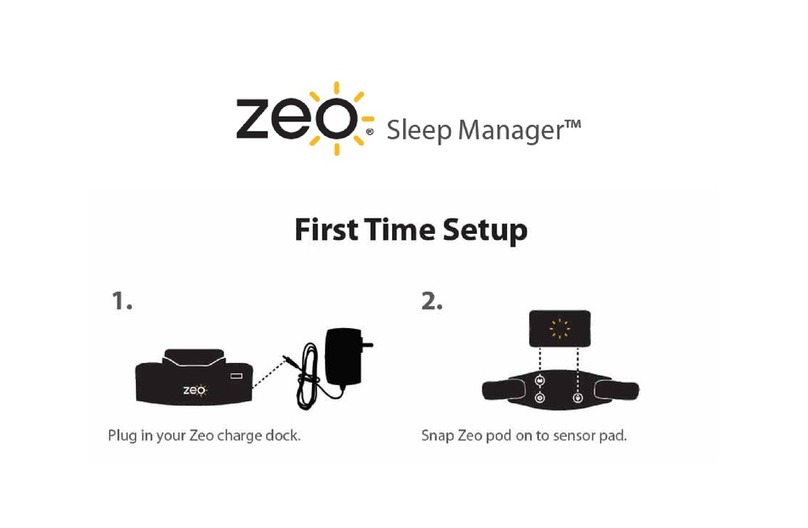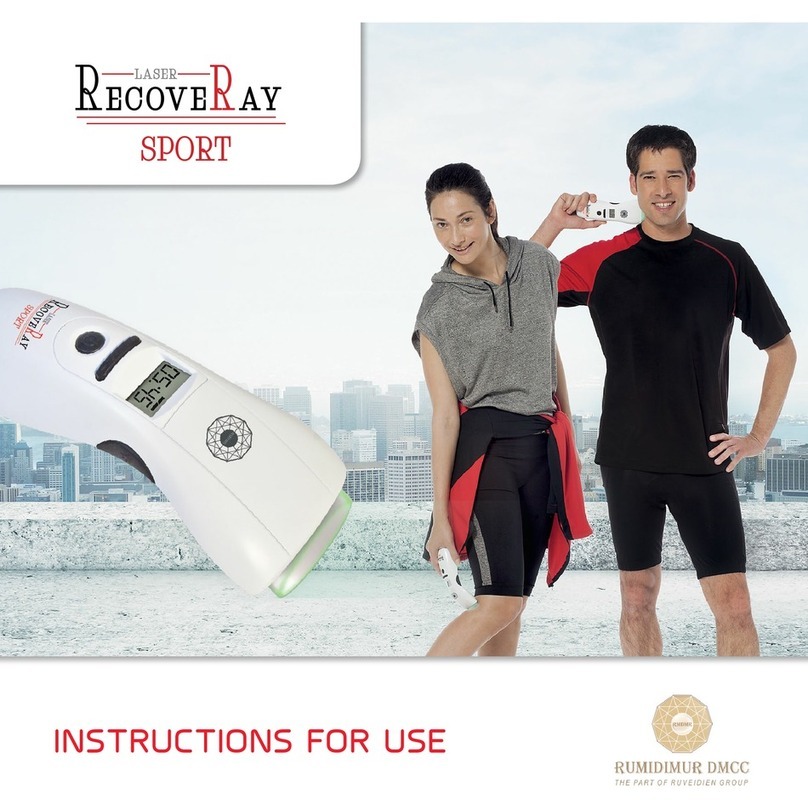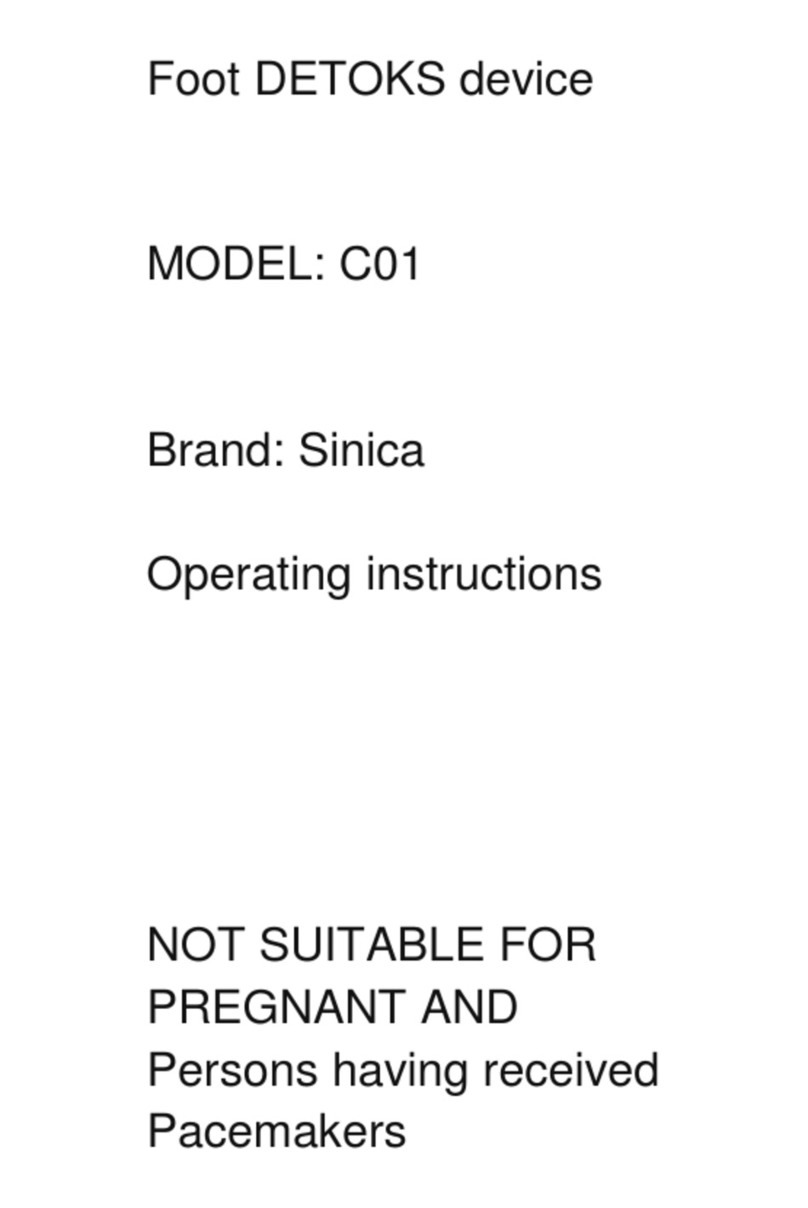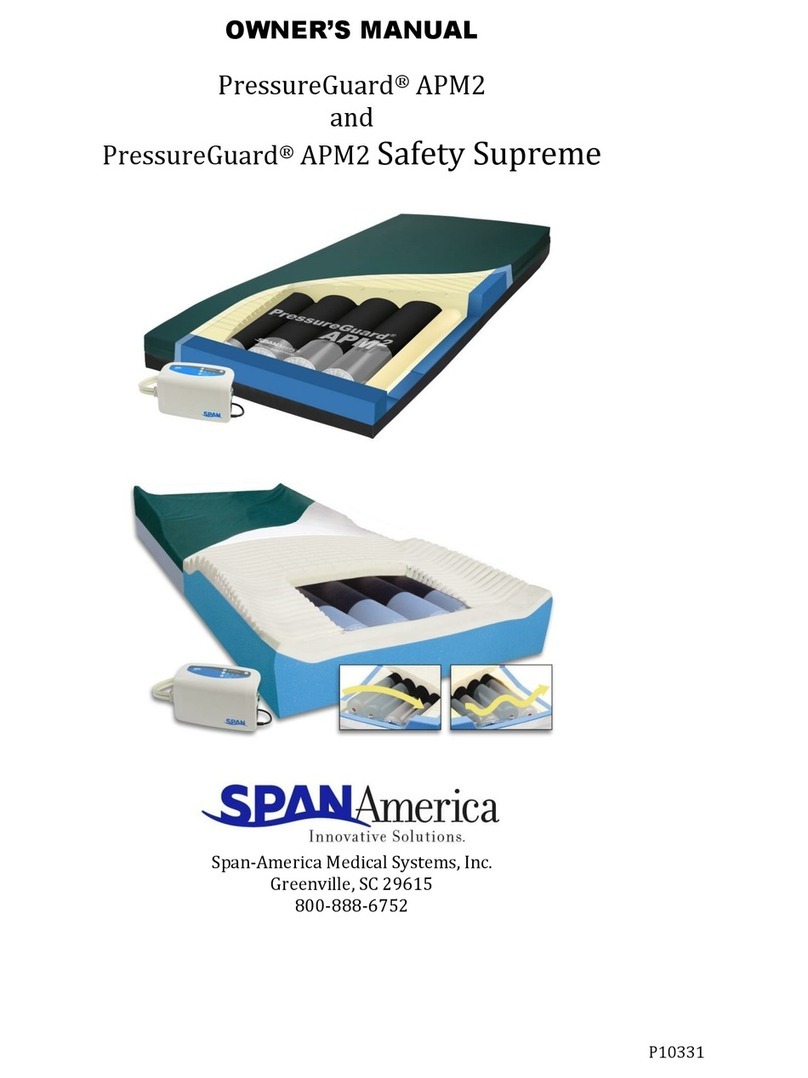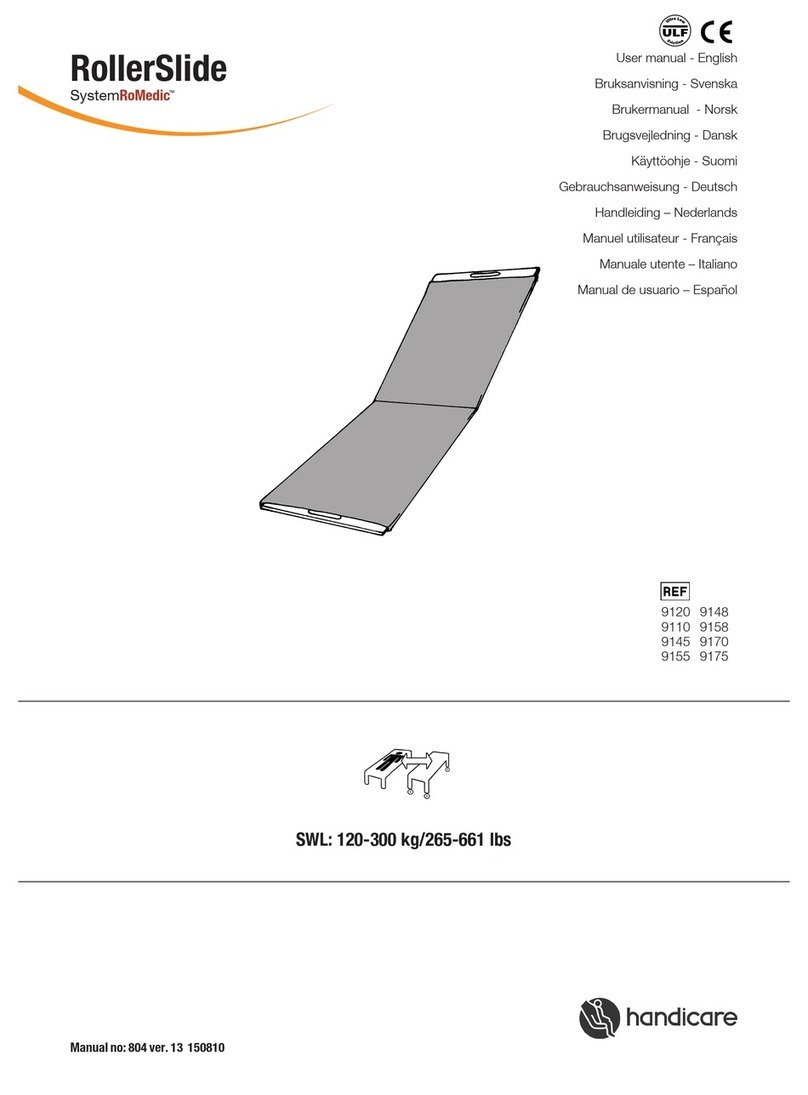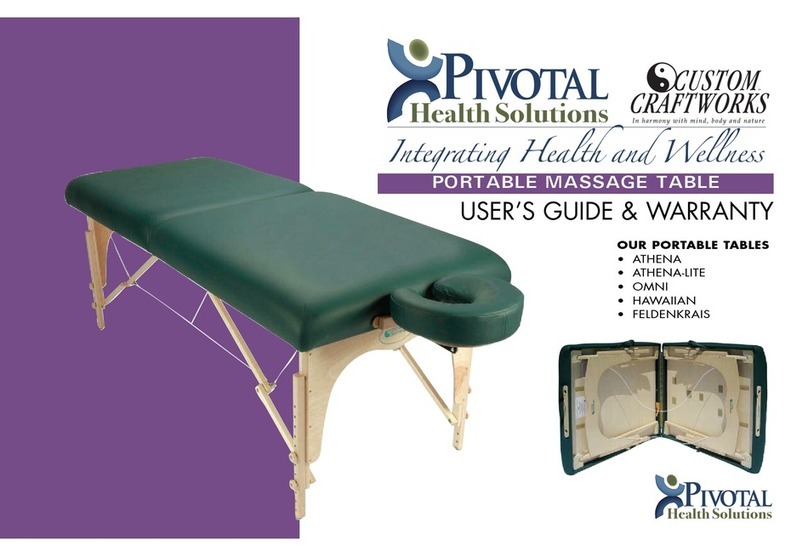
16050-101 Rev. K 3
Contents
Warnings & Cautions....................................................................................... 4
Symbols........................................................................................................... 6
Introduction...................................................................................................... 7
Indications for Use..................................................................................... 7
Contraindications....................................................................................... 7
Instrument Setup ............................................................................................... 8
Unpacking Instructions .............................................................................. 8
Shipping Protector ..................................................................................... 8
Application of Input Power......................................................................... 9
Disconnection of Input Power.................................................................... 9
PartsIdentication ................................................................................... 10
Accessories ............................................................................................. 10
IconDenition.......................................................................................... 11
Default Settings ....................................................................................... 12
Customized Options .......................................................................... 13
Tonometer Settings.................................................................................. 14
Printout Settings ...................................................................................... 15
Communication Settings.......................................................................... 16
General Settings...................................................................................... 17
Instructions for Use ..........................................................................................18
Alignment and Measurement................................................................... 18
Demo Puff................................................................................................ 23
LowCondenceReadings....................................................................... 24
Too Far Activated..................................................................................... 26
Printing Measurement Data..................................................................... 27
Cleaning & Maintenance ................................................................................. 28
Fuses....................................................................................................... 28
External Cleaning .................................................................................... 28
Forehead Rest Cleaning.......................................................................... 28
Operator Display Cleaning ...................................................................... 28
Printer Paper............................................................................................ 28
Positioning Windows and Airtube Cleaning............................................. 29
Forehead Rest Pad Replacement ........................................................... 30
Troubleshooting................................................................................................31
Help Screens ........................................................................................... 31
Chart of Common Errors ........................................................................ 32
Print-Related Errors................................................................................. 33
Specications .................................................................................................. 34
Classications ................................................................................................. 35
Guidance Tables............................................................................................ 36
Warranty ........................................................................................................ 39
